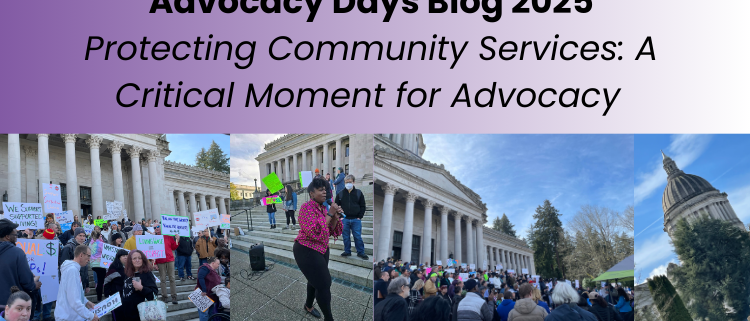Protecting Community Services: A Critical Moment for Advocacy
Last Wednesday, spring was in the air—the sun was shining, and a few early daffodils peeked through the grounds of the Capitol. It was a beautiful day, made even more powerful by the nearly 300 advocates who gathered on the steps of the Capitol to rally for community services. SAIL, The Arc, The DDC, Community Residential Services, and other disability advocates united in a strong call for action. Chants of “Shut them down” echoed in response to the proposed closure of Yakima Valley and Rainier schools. Representatives Darya Farivar and Jamila Taylor stood with us, lending their voices in support of people with intellectual and developmental disabilities.
With looming budget cuts, protecting community services is more critical than ever. Legislators must understand that cutting the community safety net will only lead to costly crises down the road.

Legislative Update
We have now reached the halfway point of the legislative session. Last Friday marked the deadline for bills to move out of committee—those that did not advance are now considered dead. This significantly narrowed the list of bills were are tracking.
This week, legislators will be debating bills on the House and Senate floors. By next Wednesday at 5:00 PM, all bills must be passed out of their house of origin to remain in consideration.
Key Bills Still in Motion
- HB 1130 has successfully passed out of the House. This bill would prioritize waiver access, particularly for individuals aged 45 and older, who are most likely to be living with aging parents and in urgent need of services.
- SB 5680/HB 1826 aims to grant individuals the right to repair their own mobility equipment. Currently, even minor repairs can take months—this bill could empower people to fix their equipment themselves, reducing delays and improving quality of life.
- SB 5501 seeks to eliminate the requirement of a driver’s license for jobs where driving is not a job-related task. This would remove a significant barrier for many people with disabilities who are fully capable of performing job duties but cannot drive.
Budget Concerns
On February 27th, Governor Ferguson proposed an additional $4 billion in budget cuts beyond those outlined in Governor Inslee’s proposal. While this was not a formal budget, it highlighted his priorities: K-12 education and public safety. He also made it clear that more cuts could be coming. You can view our side-by-side comparison of the budgets here. The House and Senate budgets should be coming shortly.
Although the Governor’s proposed cuts do not currently impact eligibility or service hours, the final House and Senate budgets remain uncertain. House Democrats recently released a document providing insight into what an all cuts budget might look like—and it’s sobering. This also gives us a glimpse into what the potential federal cuts might bring.
Federal Budget Implications
Two weeks ago, the U.S. House of Representatives voted on a budget resolution, the first step toward a “Budget Reconciliation.” While this does not mean immediate cuts, it does set the overall size of the federal budget and funding allocations for the next decade.
The next step is for it to move to the Energy and Commerce Committee, which oversees Medicaid and Medicare, where it has been tasked with cutting $880 billion from its budget. To put this into perspective, once Medicare and Medicaid are excluded, the remaining budget is only $581 billion. This makes it clear that deep cuts to Medicaid and Medicare are on the table.
If these budget targets pass through the committee, they will proceed to a full House vote. From there, the Senate will negotiate differences between its version and the House’s proposal, where changes could still be made.

What Can You Do? |
|
Massive budget cuts are not inevitable, and there are still many opportunities to advocate for critical community services. Reach out to your state legislators and congressional delegation and tell them why Medicaid matters to you. Your voice can make a difference in shaping the final outcome. Together, we can protect the essential services that so many people with disabilities rely on. Stay engaged, stay informed, and keep advocating!
Watch the Medicaid Matter Stories Here. |






